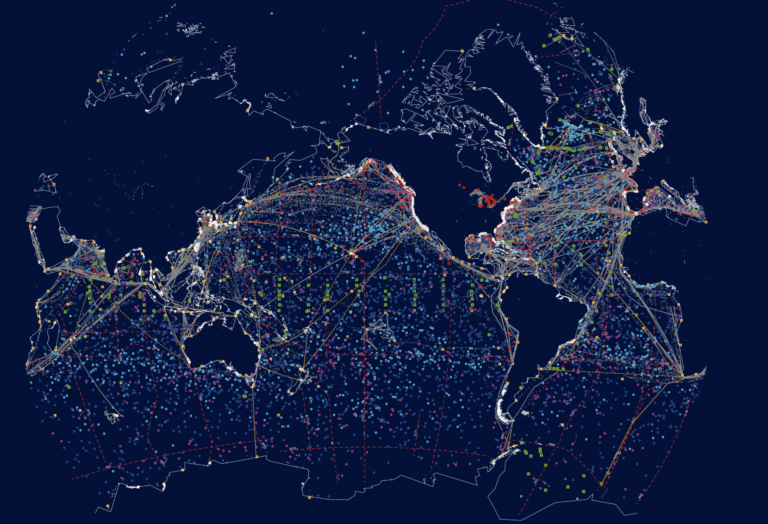The Global Ocean Observing System (GOOS) Observation Coordination Group has launched the Ocean Observing System Report Card for 2021. The report provides an up-to-date global view of the status of the GOOS.
The report also assesses observing networks’ progress, focuses on what is needed to meet the challenges and demands for ocean information, and encourages collaborations and new partners to join the ocean observing community.
According to the WMO, the 2021 report focuses on three key areas: the impact of Covid-19 on ocean observation activities; the monitoring of ocean oxygen and deoxygenation; and the status of the global ocean observing system.
The Covid-19 pandemic had a big impact on the ocean observing networks, with an overall 10% decrease in real-time data distribution in 2020, and a 15-20% decrease in vital maintenance operations.
“Although the global ocean observing system showed great resilience to these impacts, due to the diversity of platforms, the increased use of autonomous instruments, as well as strong cooperation between operators, the overall impact and in particular the delays in operations will take a few years to be absorbed,” said Mathieu Belbéoch, OceanOPS lead.
In terms of monitoring ocean oxygen and deoxygenation, despite the pandemic, 70 oxygen sensors were deployed on moorings in the North Atlantic and more than 100 Argo biogeochemical floats were launched across the world ocean, to monitor oxygen conditions and better understand the processes driving variability in the oxygen minimum zone.
Looking at closing gaps in ocean observing through focused cooperation and new technology, professor Petteri Taalas, WMO secretary-general, said, ““Major gaps in data over the ocean hinder our ability to observe our changing climate and accurately forecast weather at sub-seasonal to seasonal timescales. We need to close those gaps and ensure the delivery of timely and accessible information available to all users.”
To read the full report card, click here.



